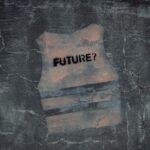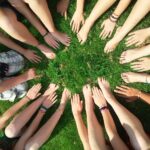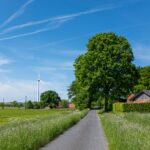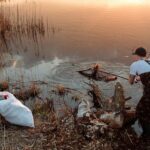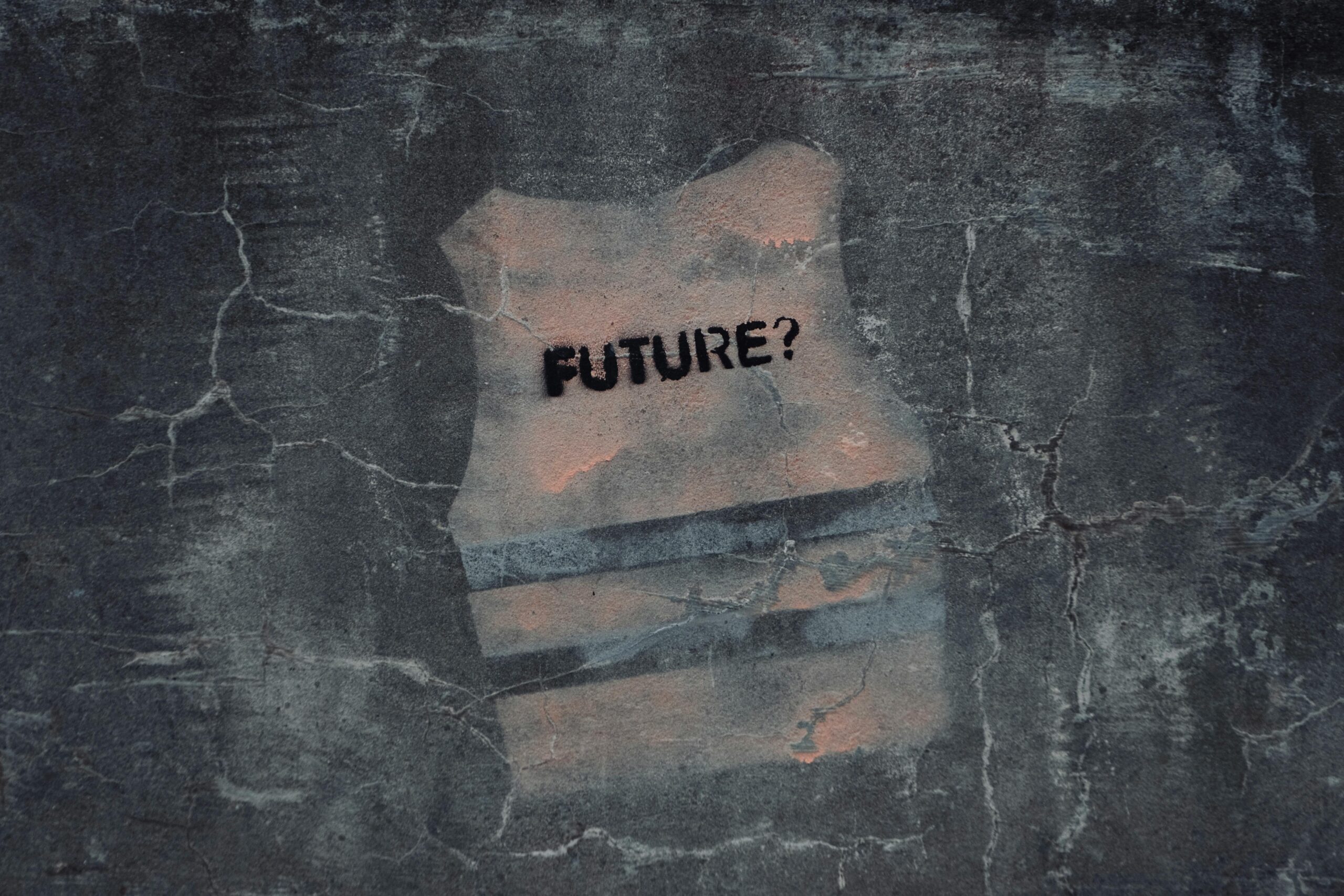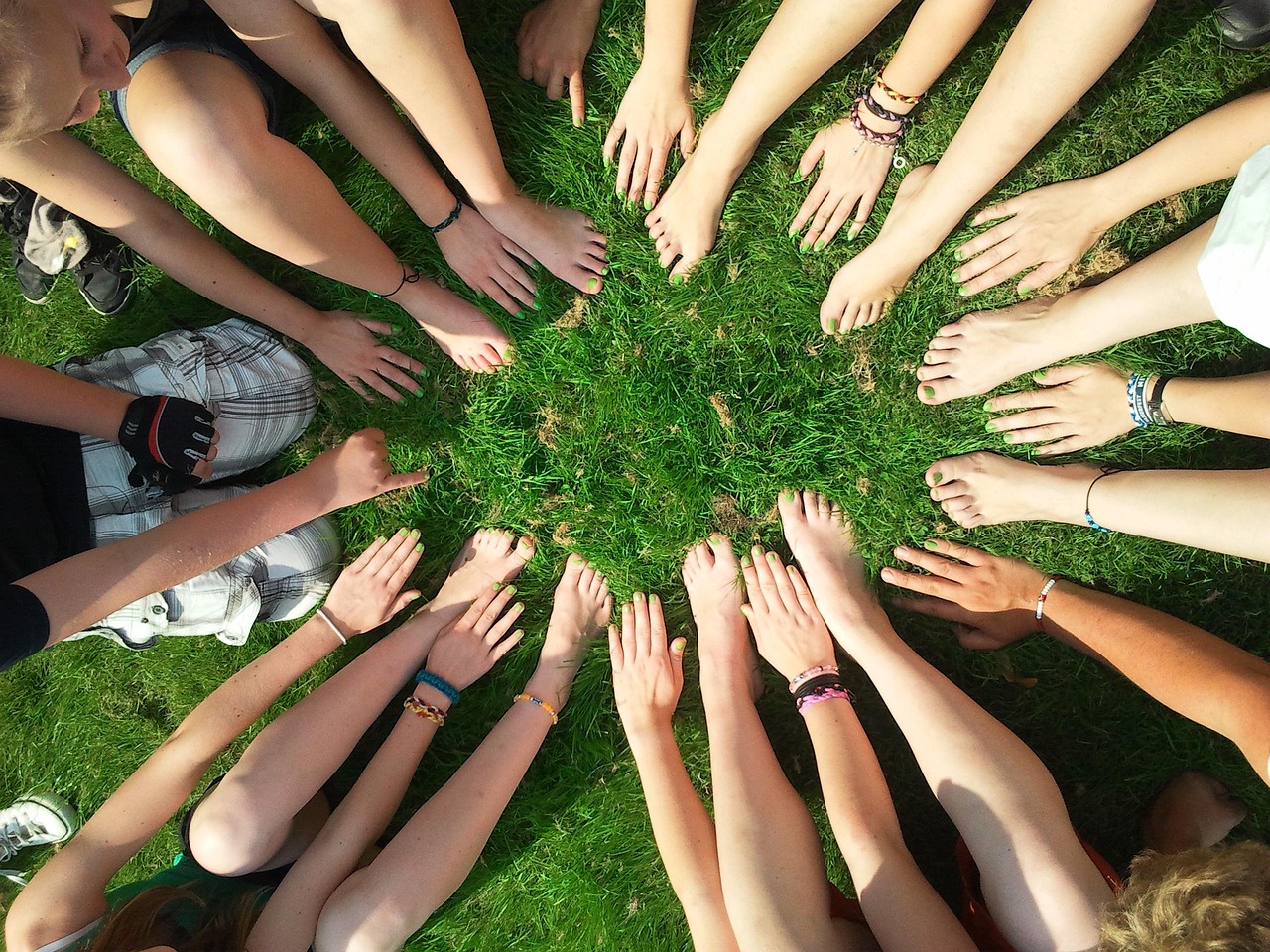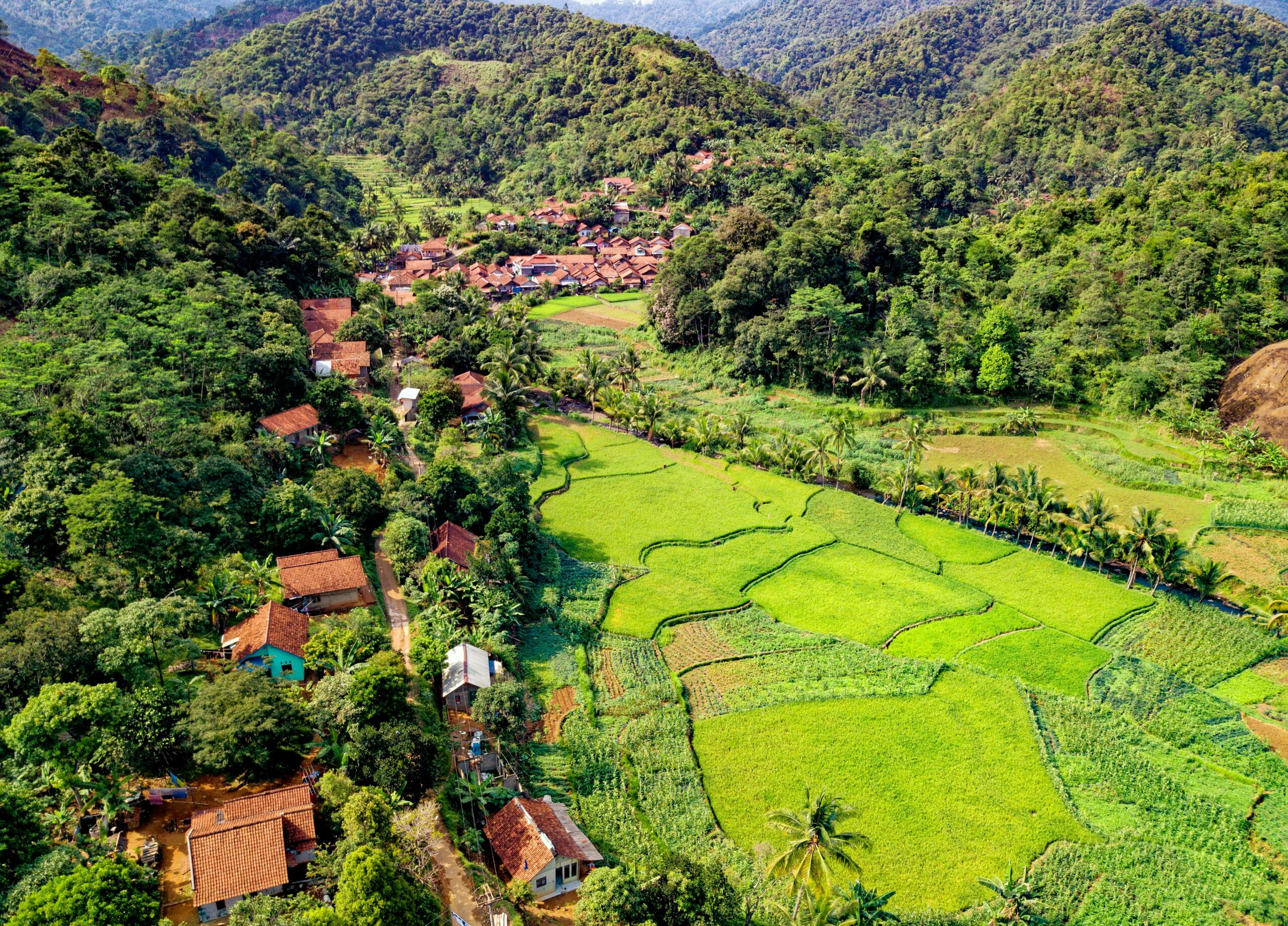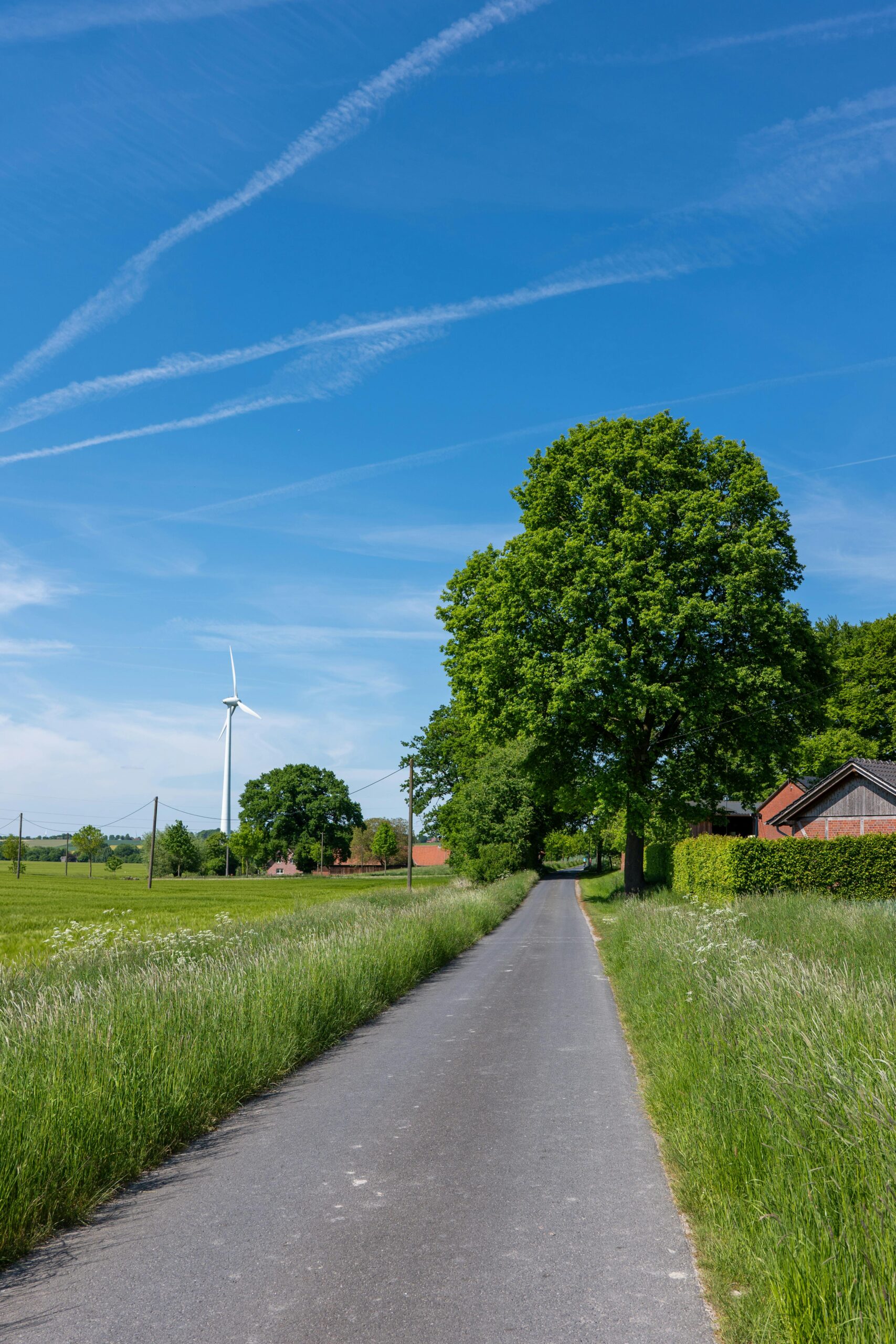An Overview of Economic Downturn in Indonesia
Like many other countries that are being impacted by Covid-19, Indonesia is also suffering a big hit on economic growth. Based on World Bank prediction, the baseline of the economic growth for Indonesia was cut 5.1% from initial projection which only brings 2.1% growth prediction throughout 2020. However, the number was stated in March 2020 using the assumption that the situation will be normal starting in June 2020. Unfortunately, the cases are still rocketing up to date and the pandemic is far from the end. Thus the prediction will likely have another correction to a lower rate if this condition remains.
Driven by lower economic growth, Indonesia is facing another chain of effect. As announced by President Joko Widodo, there were about 30 provinces in Indonesia that would face a deficit on some agriculture commodities, e.g. rice, onion, garlic, sugar, and chili due to other countries’ lockdown and disturbance on local commodity delivery. On the other side, many micro, small and medium enterprises (MSMEs) are closing their shops due to drastically lower demand. Unlike the 1998 economic crisis, MSMEs are no longer the economy shield to support national economic activities. Based on a recent survey, ILO stated that 70% of MSMEs in Indonesia have stopped their production while more than 90% have deficit cash flow. Not only MSMEs, the economic downturn have also impacted large companies. Although mid-term sales report has not been released yet, revenue generation must have been slower as many companies have requested financial covenant relaxation and restructuring to their bank. However, this condition only shows the tip of the iceberg.
The Indonesian government has taken some actions to tackle the aforementioned issues. The government has allocated IDR 318 Trillion (USD 21.28 Billion) as economy stimulus packages. Almost half of the stimulus will be received by SOEs in oil and gas (Pertamina) and electricity (PLN), while the remaining will be distributed to tax incentives, fund placements for local banks, biodiesel, tourism and loan interests subsides to MSMEs. On the other hand, the government also distributes a stimulus fund through Kartu Prakerja (Pre-Work Card) for unemployed people and laid-off workers amounted to IDR 20 Trillion (USD 1.37 Billion) amidst the controversy of the urgency and its disbursement system. This stimulus seemed to be the right decision on the target, nevertheless, the government still does not put a sustainable economic foundation as their top priority of recovery plan after the Covid-19 pandemic.
Circular Economy as The Backbone of Sustainable Development
The circular economy term has been carved out since a few decades ago. According to Lacey & Rutqvist (2015), circular economy is a generic term for an economy where growth is decoupled from scarce resource use. There are 2 (two) types of materials: (1) biological or renewable materials designed for reuse or converted into other materials that has economical value and (2) technical (non-renewable) materials by moving back and forth between production and consumption with minimal loss in quality or value. Circular economy has principles in zero-waste production and sustainable value chain that are connected in loops rather consumed and discarded in linear flows or known as “take, make, waste”. By looking at the above definitions, it could barely be interpreted that circular economy was only another jargon in environmental studies. Nevertheless, this generic term has introduced systematic thinking of redefining circular production systems, materials and syncing with the scarcity of natural resources to bring benefits to customers, stakeholders and the environment.
Some countries have considered circular economy as an advantage for economic growth with their own practices. As stated by Commissariat Général au Développement Durable (French General Commissariat for Sustainable Development) in Gallaud & Laperche (2016), Japan and Germany define the scope of circular economy as the relation of the issue of waste and includes the necessity of preventing, reusing and recycling this waste. The Netherlands adds to the definition to use the raw materials that have less environmental impact. China has a broader definition to include resources (raw materials, energy, water, waste and real estate). Although they have various approaches in implementing circular economy, all of them need multi-year plans to emphasize various themes, ranging from promotion of clean technologies and industrial ecology (China), eco-design (Japan and Germany), life cycle for waste management (Netherlands) and substitution of non-renewable resources to renewable resources.
The proposed idea of circular economy will bring an inevitable question: does the concept generate greater value of money? This question should be brought with an understanding of the extended meaning of waste. Instead of just a physical waste i.e. rubbish, Lacey and Rutqvist defined 4 (four) types of waste:
- Wasted resources: materials and energy that cannot be continually regenerated, but instead are consumed and forever gone when used.
- Wasted lifecycles: products that have short working lives or being disposed even there is still demand from other users.
- Wasted capability: products that sit idle unnecessarily, i.e. cars typically sit unused for 90 percent of their lives.
- Wasted embedded values: components, materials, and energy that are not recovered from disposed products and put back into use.
By articulating the meaning of waste above, it will bring the biggest opportunity and value, not only in financial matters but also in growing sustainable business models to less worrying about the increasing scarcity of natural resources. Eliminating (by recycling, reuse or convert into other economic value) the wastes above will reduce the gap between supply and demand of natural commodities and resources because the economic system no longer uses linear model, but the circular instead.
A Glimpse of Indonesia’s Landscape
Indonesia is one of the most populous countries in the world that relies on agriculture and fisheries as their main natural commodities. As the biggest country in South East Asia and located between 2 (two) oceans at equator, Indonesia has very rich biomass potential all over the islands. Indonesia produces 146.7 MT or 470 GJ (gigajoule) biomass per annum which mainly comes from agriculture, estates and forestry activities. Not only from crops, animal husbandry also contributes large amount of energy. The chicken population has reached 1.69 billion nationwide and assuming the chicken manure produced around 0.15 kg/chicken/day, thus the total source of biomass power will be equivalent to 240.000 tons/day. On the other hand, cow population has emerged to 18.12 million and assuming the cow dung produced at 15 kg/cow, total source of biomass will be equivalent to 270.000 tons/cow/day. Not to mention other animal husbandries such as duck, goat and other farming activities.
Besides rice, the supply chain of agricultural products in Indonesia is mostly a distribution of fresh fruits, meats and vegetables. Food processing or manufacturing is centered at certain areas in Java and Sumatra islands thus most of the agriculture resources are only processed at home or the nearest traditional markets. This habit produces abundant organic waste fresh fruit, vegetables and food leftovers all over the places. The Indonesian Ministry of Living Environment and Forestry mentioned that nationwide domestic garbage has reached up to 175.000 tons/day or 64 MT/annum by using the assumption that every person wastes about 0.7 kg/day. By using 70% of organic domestic waste, Indonesia has 122.500 tons/day of organic waste which most of them, unfortunately, are just being dumped on landfills without any further processes. Those huge potentials of biomass from agriculture activities and organic waste are not utilized.
Furthermore, Indonesia is currently facing big problems in waste management, especially at Jakarta as the capital city. Bantargebang, which is considered as the largest dumping area near Jakarta with total capacity 49 million ton or equivalent to 110 ha of garbage area, has almost reached its maximum capacity (only 18% remaining capacity as per 2018) and has been estimated that it would no longer be able to accept any garbage by 2021.
Starting Initiatives for Circular Economy Implementation in Indonesia
By looking at the condition above, circular economy should become an inherent economic basis for Indonesia. The abundance of biomass and renewable natural resources is the key success factor to tackle the aforementioned challenges during the Covid-19 pandemic onwards. As the founding father of Indonesia, Ir. Soekarno, stated that agriculture was the main pillar of the nation, it could also be interpreted that managing renewable resources using the best practice of circular economy is the backbone of Indonesia’s economic activities. Circular economy can be implemented in Indonesia in stages with initiatives from different aspects:


Having the thoughts above, the Indonesian government needs to re-arrange priority on the stimulus in relation to have sustainable impact for the future and start addressing the initiatives above as a small step towards circular economy. This concept will also ease the government to accomplish the 2030 Agenda of Sustainable Development Goals (SDGs). This pandemic could be considered as a good start to implement this concept. Although it still needs a long roadmap and timeframe to implement holistically, this circular economy concept will yield sustainable benefits rather than giving a short-term stimulus shot.

